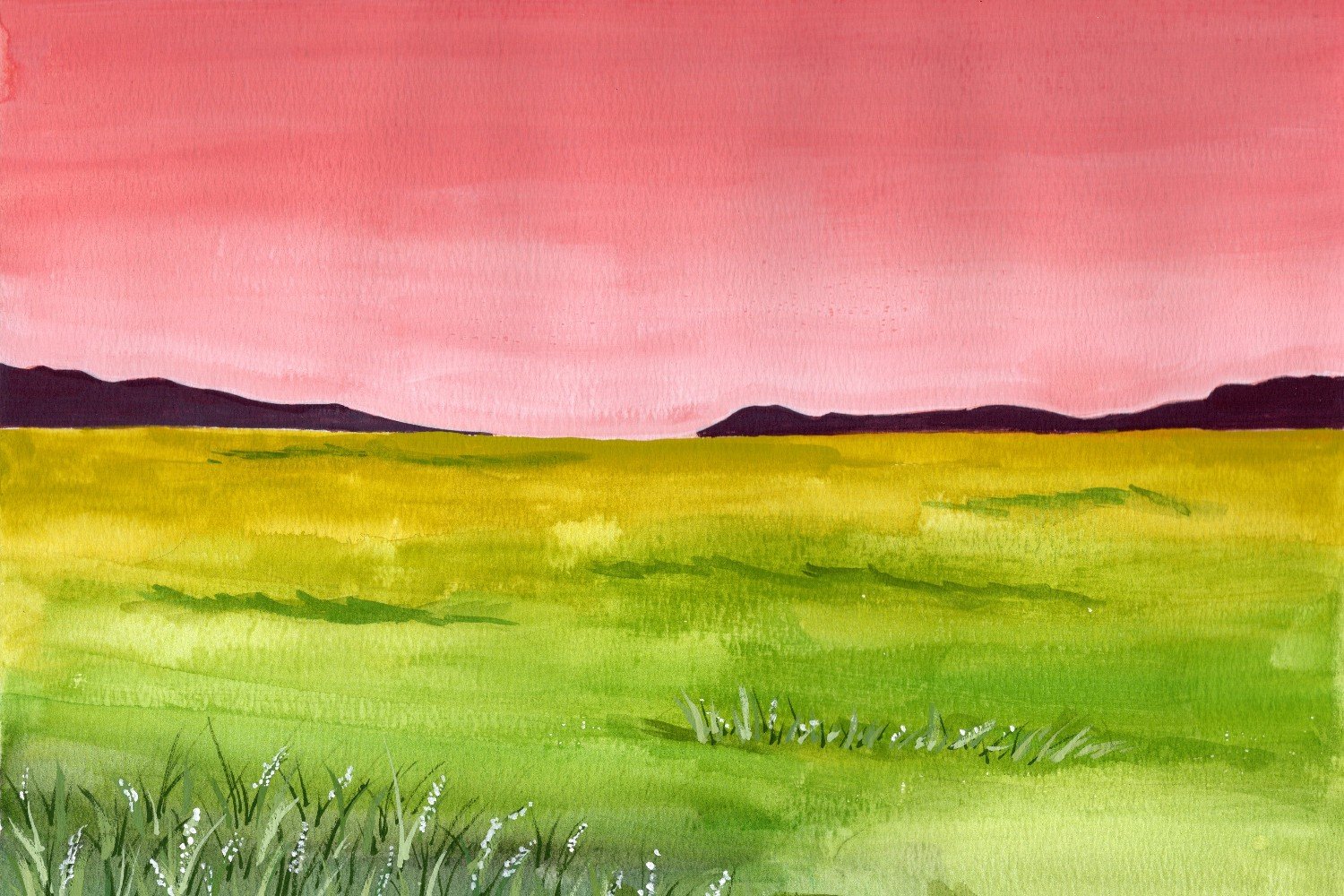The Calm Path: On Doing Hard Things with Less Stress
Created with Midjourney AI
About a year ago, I came across the work of Tosha Silver and began practicing surrender as a way to navigate life without so much worry and anxiety. I have yet to write much about it--whenever I've tried, I would get stuck because I was still doing the work based on trust. I hadn't seen enough results to explain the experience from my perspective.
But now I have, and surrender is one of the most unexpected and underrated tools for navigating life. Of course, this practice may not fit every situation, but if you're tired of going through life with worry and stress, you might be interested in trying something different.
The benefits of calm
Before I go into how this works, here are the benefits I've gained from this practice:
Letting go of other people's standards and trusting my own.
Navigating life situations with more finesse and ease.
Opening up to unexpected solutions to problems.
Learning about the value of rest and recognizing my body's ebb and flow.
Feeling more connected with myself and others.
Learning to enjoy where I am as I work toward my goals rather than be constantly dissatisfied.
If these benefits sound intriguing to you, read on.
What is the Calm Path?
Life is constantly in flux, and many things are out of our control as we work toward having the things we want. If we're too fixated on having what we want exactly the way we want it, we tend to have a harder time with the ups and downs of the journey. We don't appreciate what we have as we aim for something better, so we live in perpetual anxiety, worry, or frustration, even as things improve. This is how many of us have been taught to live, and we think that our vigilance keeps us safe. But the resulting chronic stress can affect our health and diminish our enjoyment of life.
What I call "the calm path" is an approach to navigating life through surrender--or letting go of what we don't have control over and focusing on what we do. It could also be called the path of least resistance, meaning choices where our actions have the most effect for a given amount of effort. By finding our calm, we have more access to our creativity and intuition because the fight-or-flight response is not being activated. When we have access to creativity, we see more options and find solutions in unexpected places instead of continuing the same old approaches that don't work.
So, how do we do this? First, we need to understand where we have control and where we don't.
Control vs. influence
It's fair to say that we don't have control over almost everything in life, but we always have varying degrees of influence.
Having control means an action we take results in a direct, intended consequence. If you want to lift an arm, all you have to do is think about it, and it happens (if you have an arm and can lift it). If you want to clean the house, you pick up a vacuum and do it. But if you want to be in a relationship, you need the agreement of two people. If you want to build a house, you need money, materials, time, and labor.
Generally, we have the most control over our own actions and things we can do ourselves. However, the more time, space, resources, and/or people are required between us and what we want, the less control we have.
The inverse relationship of control to the requirements for fulfillment of desires.
If you think about it, we don't have much control over most things in life: where we're born and the circumstances of our family and conditioning, the weather, accidents, illnesses, aging, the past, the future, death. Most importantly, we have no control over other people. Not having control means we can't tell someone what to do, and they'll do it automatically like a robot (which is an excellent thing for all of us). If someone does something because you told them to, it's because they had a reason to, and they could choose otherwise.
Even on an individual level, we don't have control over everything about ourselves. Many of our habits were ingrained when we were young, such as our food preferences, worldview, and beliefs about ourselves and other people. Our bodies run themselves, and we have a great deal of influence over our health but not direct control over the body's mechanisms. We have some but not complete control over our emotions and less control under stress. Changing these things about ourselves is possible, but it takes time and effort.
When people, time, space, or resources are involved, we can have influence on the outcome, but we don't have direct control. It's fair to say that we don't have control over almost everything in life, but we always have varying degrees of influence.
Learning appropriate control
When we can learn to take action where it's appropriate and let go when it's not, the process of living, choosing, and relating becomes a dance rather than a struggle.
Whenever we think that other people, life events, and even ourselves should behave the way we want them to but don't, we tend to try to control them, and it often leads to resentment and frustration. Controlling behaviors can drive away what we want in subtle or overt ways. Think about the interviewee who tries too hard to impress, the parents who demand their children to be doctors or lawyers, or the micromanager who constantly tells their staff what to do. Other people will likely resist our attempt to control them, causing interpersonal conflicts.
The more we try to control people and things that are hard to control, the more force is needed. War, authoritarian regimes, and cults are extreme examples of our attempts to control one another. In interpersonal relationships, we might use manipulations, shaming, and pressures to control each other. On an individual level, worry, anxiety, and self-criticism are some tactics we've learned to control ourselves and our reality.
On the flip side, we can also give up too quickly and assume we can't create change in our lives when we can. The calm path is not about giving up on our desires or avoiding effort but recognizing where we can act and where we must let go. It's like driving a car--sometimes you step on the gas, sometimes you ease up, and sometimes you brake. If you always have your foot on the gas, you will run out of gas quickly and hit things pretty hard when you have to stop.
Instead of seeing life as something to be controlled, the calm path is about working with ourselves, events, and people rather than imposing our will on them. When we can learn to take action where it's appropriate and let go when it's not, the process of living, choosing, and relating becomes a dance rather than a struggle.
This is part 1 of…however many parts I need to write on the topic of surrender. Go to part 2 here.
Thanks for reading! I’d love to hear what thoughts it might have provoked for you. Let me know down below!































